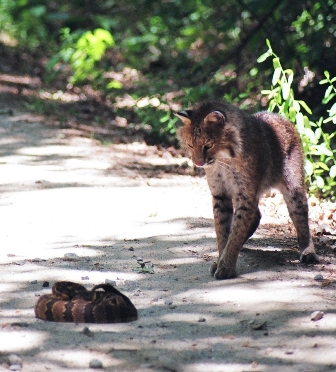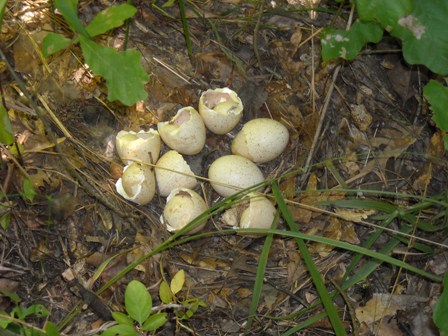
Most turkey hunters would agree that wild turkeys are undoubtedly one of the wariest game species in the woods. It is this natural cautious tendency that makes them such a challenge to pursue, and is one of the primary reasons so many hunters leave the turkey woods shaking their heads in defeat and confusion each spring. Although it may often seem as if the birds possess supernatural powers, the truth is that their suspicious nature can be primarily attributed to their low status on the ecological food chain and the ever-present host of threats that surround them. Even before they are born, turkeys face a gauntlet of potential predators--nearly everything in the woods likes to eat turkeys or turkey eggs. This fact leads many landowners who desire higher turkey populations to conclude that a reduction in predators is all that is needed in order to turn their property into a slice of turkey heaven. But is this the right approach?
Wild turkey predators come in all shapes and sizes. Some can take down adult birds, some are only a threat to the young, and still others specialize in finding turkey nests. Some predators can do all three. So who are these evil doers? Well, as was just suggested, turkey predators can be loosely broken into three somewhat distinct groups: adult predators, poult predators, and nest predators.

